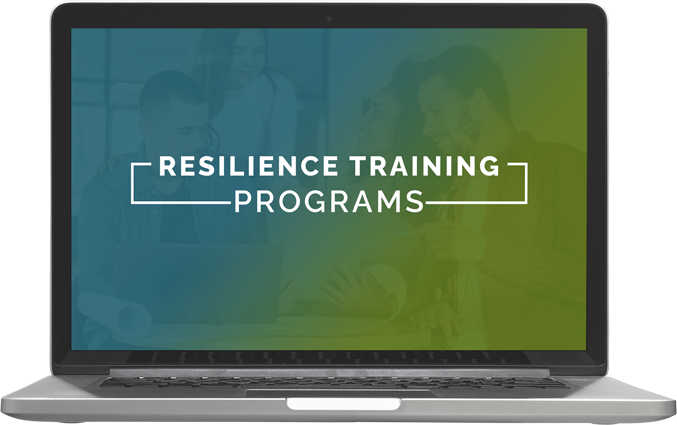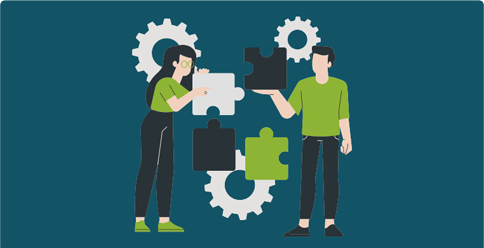Everyday Resilience:
A Program for Cultivating
Resilience & Beating Burnout
In our training, we use the American Psychological Associations’s definition of resilience:
The process of adapting well in the face of adversity, trauma, tragedy, threats, or significant sources of stress.
We’ve distilled decades of experience and research into an engaging 4-part workplace resilience training to help your team create more resilience in the face of whatever stress and challenges they may be facing.



















